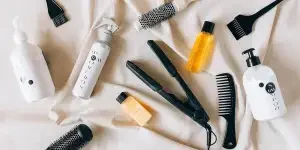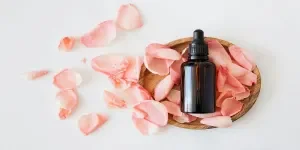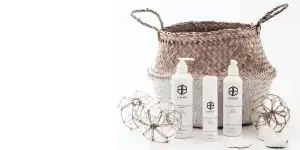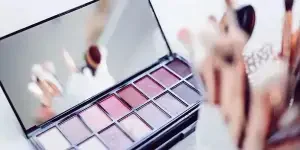Facial cleansers are the first thing ladies reach for when starting their beauty ritual. These products are crucial to achieving the goal of blemish-free, glowing, and smooth looks, so it’s no surprise that they’re a staple in many beauty kits.
Cleansing may be the first step in any beauty regimen, but facial cleansers don’t offer a one-size-fits-all solution. For this reason, consumers look for them with various requirements in mind, meaning that sellers can’t enter this market without some preparation.
This article will highlight various factors businesses must understand to satisfy their target consumer’s requirements for a range of cleansers to boost sales in 2024.
Table of Contents
Facial cleanser market overview
6 key points to target when choosing facial cleansers in 2024
Final words
Facial cleanser market overview
The facial cleanser market has made great strides in recent years, growing to an impressive USD 2,15 billion value in 2023. However, experts say that value will readjust to USD 8.27 billion by 2030, expecting it to register a 5.41% compound annual growth rate (CAGR) over the forecast period.
Since facial cleansers are a basic item for most women, experts predict the increasing population will propel market growth. The growing awareness of the importance of skincare and rising disposable incomes will also significantly impact the market over the forecast period.
- Foam cleansers registered the highest growth in 2022 due to the perception that lathering equals a good cleaning product.
- Experts predict Asia Pacific will dominate the market over the forecast period due to the region’s large population.
6 key points to target when choosing facial cleansers in 2024
1. The cleanser’s formula
While all face cleansers remove dirt, excess oil, and makeup, they have different formulas offering varying results. The formula also determines how consumers use facial cleansers, so it’s a non-negotiable consideration.
Here’s a look at the different facial cleanser formulas and what they offer.
| Cleanser formula | Description |
| Gel-based cleansers | These cleansers are popular for their lighter formulas. Consumers also love them for their cooling and refreshing feeling when applied. Gel cleansers come packed with gentle surfactants, allowing them to eliminate excess sebum, dirt, makeup, and other impurities with each swipe. They can also help target specific concerns with active ingredients, like Vitamin C, for skin brightening. |
| Cream cleansers | Typically, cream cleansers are thicker than their gel cousins. However, they deliver a heavy dose of moisture while offering a silky, creamy texture that can handle most types of makeup—except waterproof. Cream cleansers are also gentle due to their lack of surfactants. Instead, manufacturers pack these formulas with humectants for hydration and emollients to boost the skin barrier and prevent dehydration. |
| Foam cleansers | These products are like the middle ground between gel and cream cleansers. They create a foamy lather that deeply cleanses the skin while providing an enjoyable experience. The foamy nature of these cleansers is super effective at removing dirt and debris from pores, leaving the skin feeling pampered and revitalized. Although foam cleansers may be too harsh sometimes, many manufacturers now add oils and emollients to their formulas for hydrating effects. |
| Oil-based cleansers | These products offer the most thorough cleansing experience. Oil-based cleansers are the go-to for wiping heavy makeup, dirt, and other impurities. But, despite their effectiveness, oil-based cleansers are not harsh. Instead, they’ll leave the skin deeply nourished and conditioned. These cleansers also stop the skin from producing more oil—contradictory but true! Nevertheless, oil-based cleansers appeal to consumers who don’t mind double-cleansing routines. |
| Micellar cleansers | There’s nothing more gentle than micellar cleansers. These products use micelles molecules to attract dirt and oil, lifting them off the face without rinse. The soothing properties of micellar cleansers make them great when water-based cleansing is impossible. The best part? Micellar cleansers do their job without removing the skin’s natural oils and barrier! |
| Cleansing wipes | Portable and convenient, cleansing wipes are the close pals of consumers on the go. They’re not effective enough to replace other cleansers, but they’ll suffice for emergencies and quick cleansing. |
| Cleansing balm | Manufacturers often infuse cleansing balms with hydrating ingredients to moisturize the skin while removing makeup, dirt, and impurities. Moreover, cleansing balms don’t lather and may leave an oily film behind (even after rinsing off). At the same time, it’s not a bad thing (it’s helpful for dry skin), but some consumers may find it deeply uncomfortable. |
2. Cleansers for oily acne-prone skin
Since oily, acne-prone skin produces way more sebum than the skin can handle, it may be tempting to stock up on the harshest cleansers to help them get rid of everything. But the truth is such products only push the skin to replenish the lost oil by producing more.
So, what’s the best cleanser for oily, acne-prone skin? Businesses must prioritize products that will remove the excess oil without leaving the skin dehydrated. These cleaners should have lightweight formulas with high surfactant ratios and lower emollients.
Based on this description, gel types are the cleansers most likely to attract oily-skinned women. They’ll go for products containing mild ingredients like Salicylic Acid and tea tree oil to control their skin’s oil production.
3. Cleansers for dry skin
Dry-skinned ladies are often very careful with their products. Generally, most cleansers are harsh for them, as they’ll lose the small natural oil left on their faces after a cleansing session.
For this reason, consumers with dry skin move toward gentle cleansers with moisturizing ingredients. They also love cleansers with fatty acids in oil form.
Most women with dry skin understand that lather is not their friend. So, they’ll prioritize cleansers with higher emollient percentages and lower surfactants—that way, they can replenish any lost moisture!
If these are the targets, retailers must look at creamy cleansers without exfoliators (salicylic or glycolic acid) notorious for drying out the skin. Instead, prioritize cleansing balms, creams, and oils with hydrating hyaluronic acid, Avocado oil, and Vitamins C/E.
4. Cleansers for combination skin
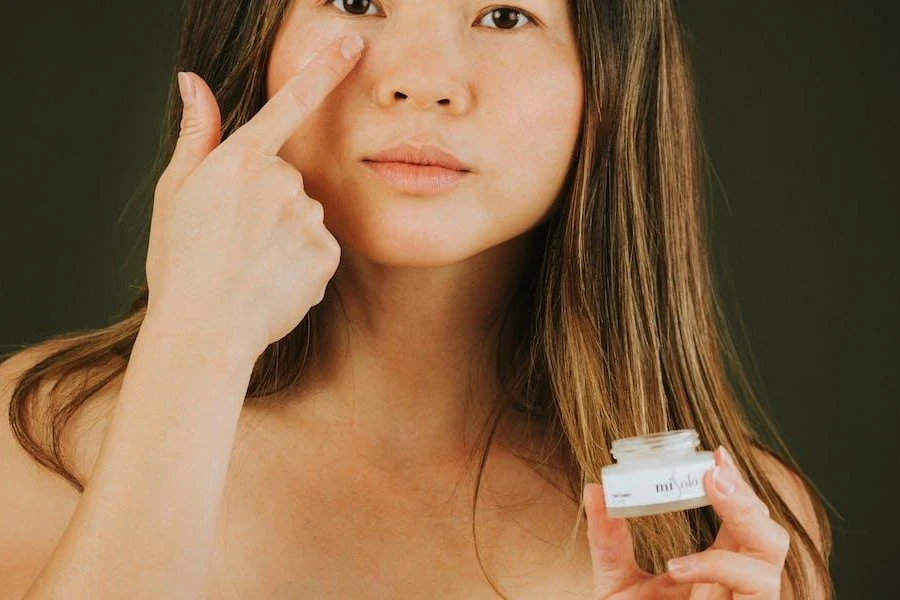
Combination skin requires more care and love than other skin types. In truth, women with combination skin often use two cleansers to handle their skin properly.
Usually, they’ll need one creamy cleanser packed with emollients for their dry patches and one gel variant with enough surfactants to activate ingredients like Salicylic Acid on their oily side.
Combination-skinned consumers who prefer using one cleanser will choose a gel or creamy one that can easily handle oily areas without irritating dry patches.
5. Cleansers for normal skin
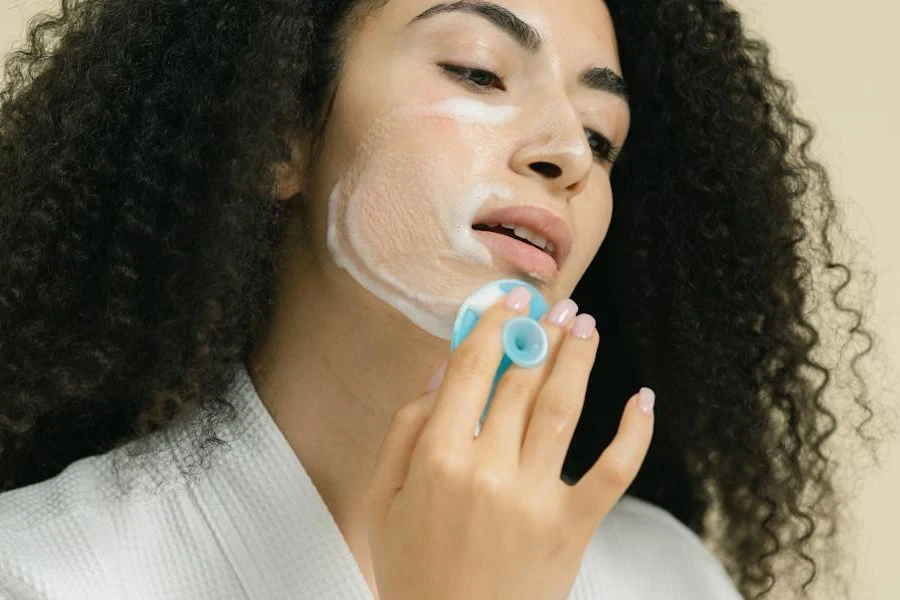
These consumers are the cream of the crop. Since their skin has no issues, they can use any cleanser they see, as long as it’s not too harsh. They’ll most likely avoid products that leave their skin tight.
Women with normal skin only need cleansers to remove dirt and makeup. But if they have any concerns, they can find cleansers with ingredients to help address them.
6. Cleansers for mature skin
Mature skin means aging signs are running wild, pushing consumers toward cleansers rich in AHAs, retinoids, Vitamin A, and Vitamins C & E. These ingredients boost collagen production and kickstart cell turnover for smoother, glowing skin.
These consumers also benefit from moisture retention. Hence, they’ll lean towards mild cleansers that do the job without removing natural moisture.
Final words
Face cleansers play a critical role in beauty regimens. They’re solely responsible for removing sebum, dirt, bacteria, sweat, dead cells, and other icky stuff women don’t want on their faces during their skincare routine.
But, since each skin type comes with unique requirements, sellers must prioritize products that will check all the boxes for their target consumers. Facial cleansers are incredibly popular, with over 550,000 searches in 2024. Hence, getting the right products is essential for profiting from the market’s opportunities.
Use the factors discussed in this article as a guide and watch the products fly off shelves when sales kick-off.
